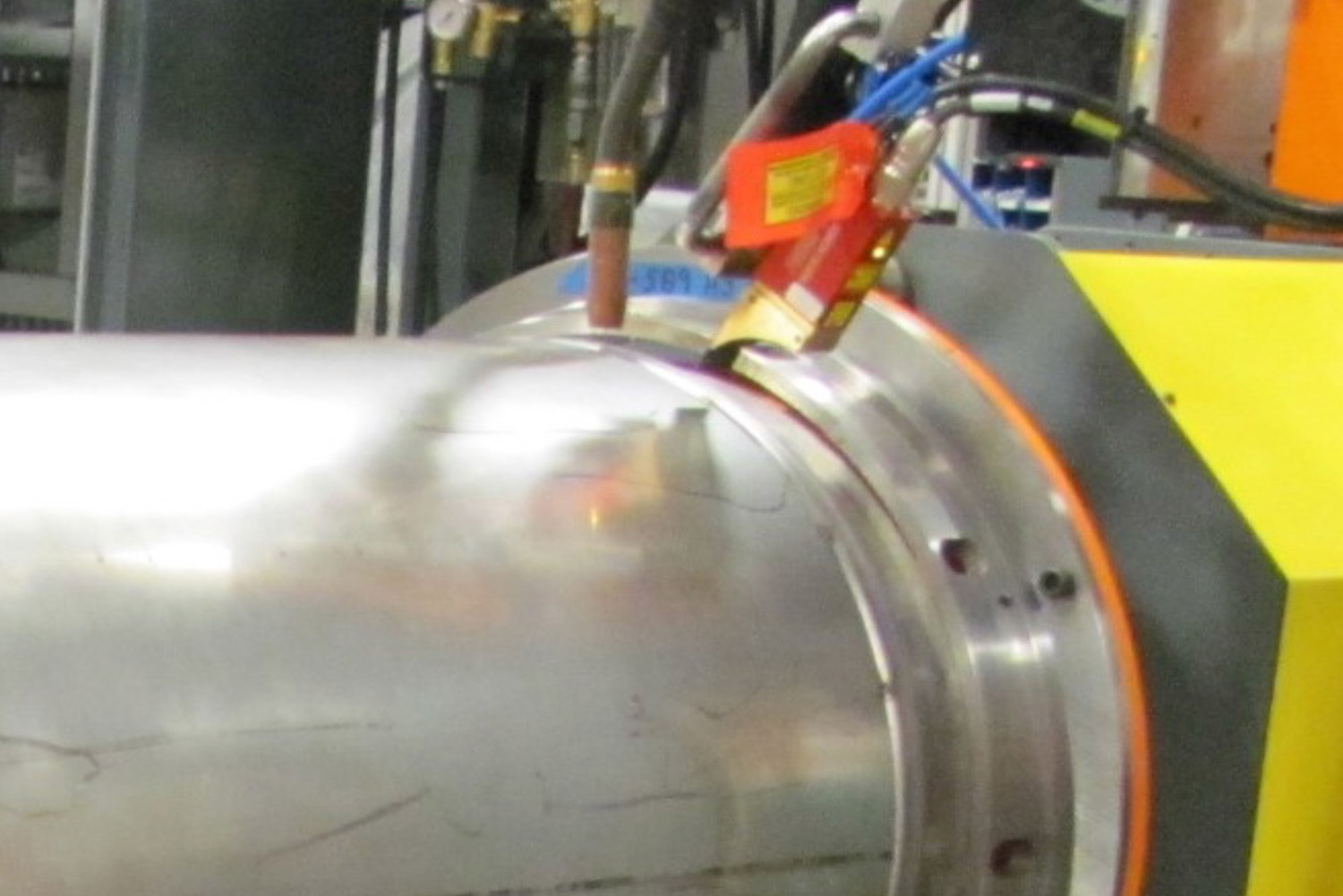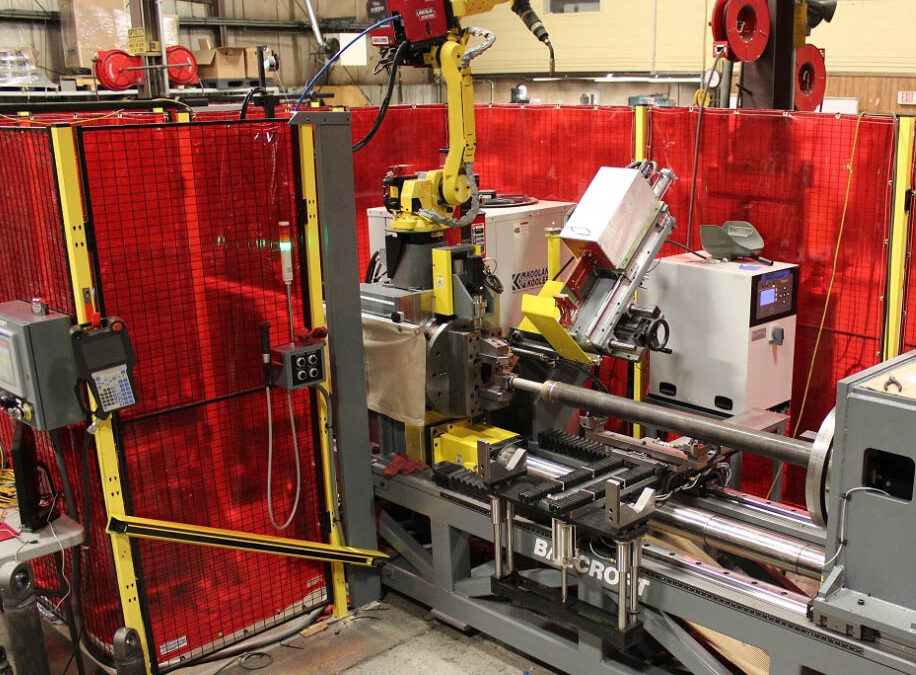Automated Welding Systems + Stainless Steel
Stainless steel has been gaining popularity in applications across the fabrication industry for many years. This is mostly due to the material’s corrosion resistance, strength and overall resilience. From kitchen appliances, automotive products, medical equipment and much more, stainless steel is found all around us. While this low-maintenance metal has many benefits, it can cause a variety of welding challenges and frustrations!
Welding Stainless Steel Quick Facts:
-
There are hundreds of grades of stainless steel.
-
The most commonly used stainless steel includes 304 and 316.
-
Stainless steel is best known for its corrosion resistance, strength and workability.
-
Stainless steel has low susceptibility for bacterial growth, making it a popular choice for food-grade and medical products.
-
Some stainless steels can be 3-5 times more expensive than mild steel.
Choosing the right manual or automated welding system and process is key. Read on to learn about the common challenges to welding stainless steel and tips to overcome them.
Chromium Oxide
The thin layer of chromium oxide provides stainless steel with its “stainless” characteristic. This layer is one of the main attractors as it protects the material from harsh environments. The challenge when welding stainless steel is avoiding damage to this layer with spatter or slag as this can cause vulnerability to the end product. Post weld cleaning with the proper tools is essential to avoid this challenge.
Temperature Input
The alloy content of stainless steel conducts heat at a much slower rate than carbon steel. This means, the heat from the arc won’t distribute as easily throughout the material—causing heat concentration in the weld pool. This will lead to warping, burn-through and oxidation. An indicator that too much heat is being used on stainless steel is when the weld begins to form a rainbow of colors. While the colors may look like a work of art, it’s a red flag that the end product may not pass welding quality tests.
GMAW vs. GTAW
Historically, gas tungsten arc welding (GTAW) was the preferable method for working with stainless steels. However, as technology has progressed, gas metal arc welding (GMAW) has become more of a standard. This is due to the use of semi-automated welding equipment combined with state of the art controls which provide fast deposition rates, regulates heat input and improves consistency. Get in touch with Bancroft Engineering to discuss the many benefits of welding automation for stainless steel.
Finishing Processes
Stainless steel requires special finishing processes once the weld is complete. Don’t make the mistake of using steel brushes or polishing pads that have been used before on carbon steel—this will damage the protective oxide layer. Whether you need a matte, brushed or mirror finish, it’s important to use stainless-specific finishing tools such as finishing discs, belts and other tools.
Automated Welding Systems + Stainless Steel
Mastering how to weld stainless steel is a vital part of fabrication. Bancroft Engineering has years of experience building automated welding systems for stainless steel applications. We can help you optimize your production equipment and make huge welding improvements! Ready to upgrade? Give us a call today at 262-786-1880 or email: sales@bancrofteng.com



